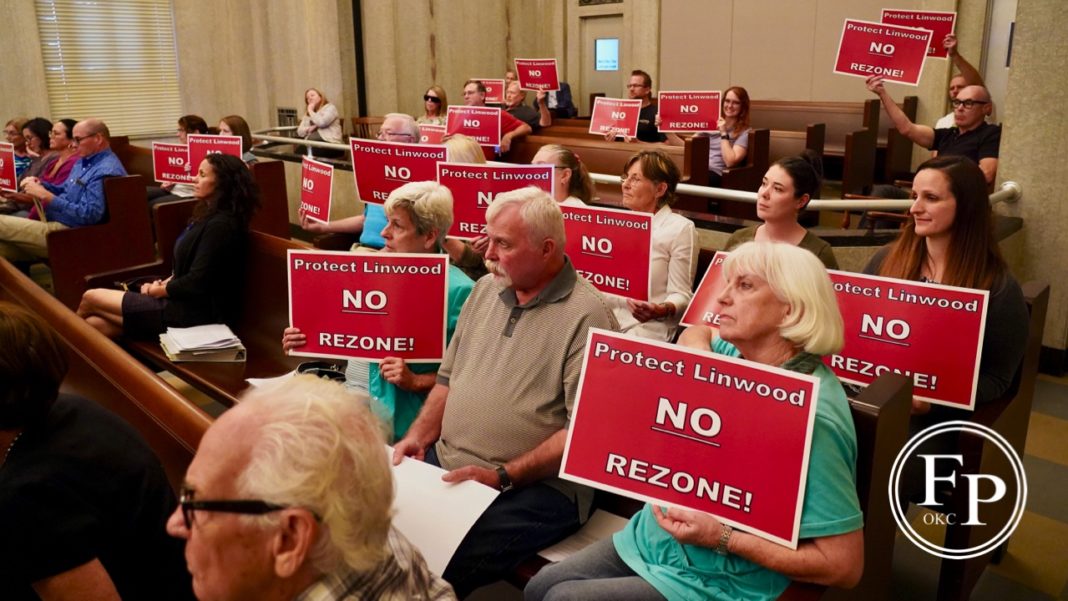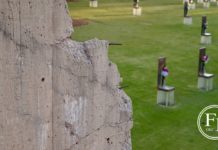Last Updated on September 27, 2019, 2:08 PM | Published: September 27, 2019
In a historically long meeting, the Planning Commission reached an impasse on a controversial proposed ordinance to curtail historic preservation efforts, and heard two controversial cases for rezoning that included passionate opposition speeches.
Meanwhile, a certain reporter questioned all the decisions that led him to this place in time.
Northeast Rezoning
The first of two controversial rezoning applications concerned property in far northeast Oklahoma City. The property is at 4600 E Wilshire Boulevard.
A developer has applied to rezone this particular area from AA Agricultural—which is regularly used for agriculture and very low-density residential purposes—to a medium density residential zoning through a Planned Unit Development (PUD). The developer wants to build homes on half-acre sized lots on the 32-acre parcel.
How the sausage gets made
Local government according to columnist Marty Peercy
The protest came because this area was designated an Urban Reserve Area. Developing this area requires city services to be available.
Currently, water, police, and fire services are available in the area, leaving only sewer service unavailable. The planned development would change the area into an Urban Low-Density development area.
Neighbor Concerns
Several people who live in the neighborhood (if you can call a rural area with homes on 5+ acre lots a “neighborhood”) came to speak on concerns. Dozens more wrote letters to the Commission expressing their concern.
The first concern mentioned was the condition of Wilshire boulevard. The addition of a new subdivision would increase traffic by 25% in some estimates.
The current traffic count on that stretch of Wilshire is 1,600. Even with the traffic count increased to an estimated 2,000 cars per day, significant road improvement wouldn’t happen until the traffic count reached a minimum of 7,000.
Another concern was with the land itself. The area is considered upland forest land, and development will change the look and potentially the quality of the land.
In an area where the slope of the terrain is too great, deep cuts must be made by bulldozers in order to have a level building site. This also requires the removal of trees.
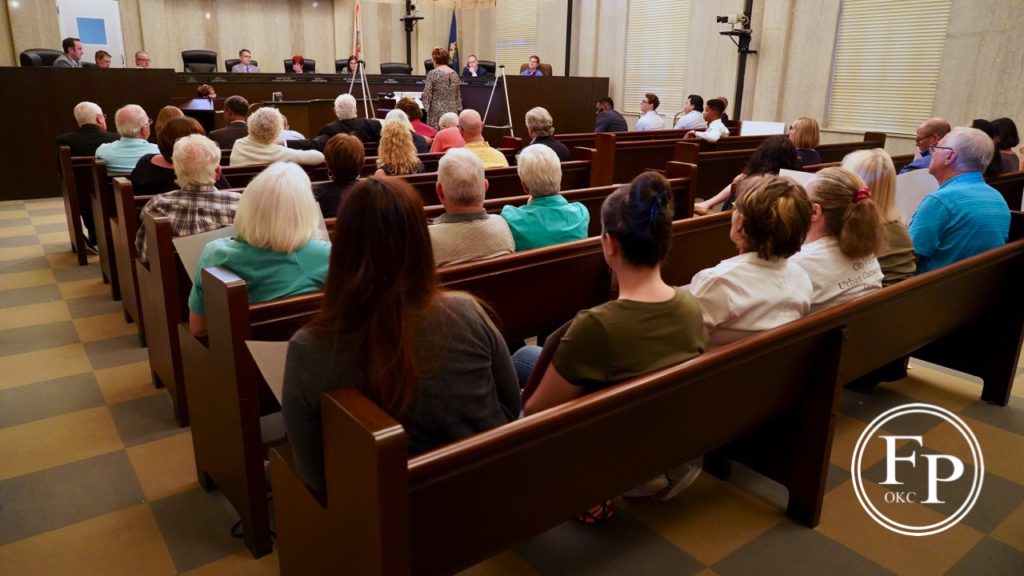
Area residents claim this will change not only the character of the land but the nature of the land itself.
The proposed development will situate houses on half-acre lots. Attorney David Box, representing the developer, stated that if sewage lines already reached the area they would likely develop a more dense development with 6,000 square foot lots.
As is, the homes built will utilize aerobic septic systems for handling wastewater. Residents in the area say they’re concerned about the potential for odor and groundwater contamination from these systems.
Aerobic septic systems are individually permitted by the Department of Environmental Quality and are required to be inspected annually to re-ensure compliance with regulations.
Votes
Ultimately the item came to a vote after Ward 2 Commissioner Janis Powers, Chair of the Commission, said that the purview of the Commission is not to protect residents from change, but to oversee propriety of land use.
The item was then passed for recommendation to the City Council by a vote of 5-2. Ward 1 and Ward 2 voted “Nay.”
Linwood Controversy
The people of the Linwood Place neighborhood were out in strong numbers to protest the rezoning of 3400 NW 18th Street from Single-Family to Special Planned Unit Development (SPUD).
Many held up signs throughout the hearing that read, “Protect Linwood NO Rezone!”
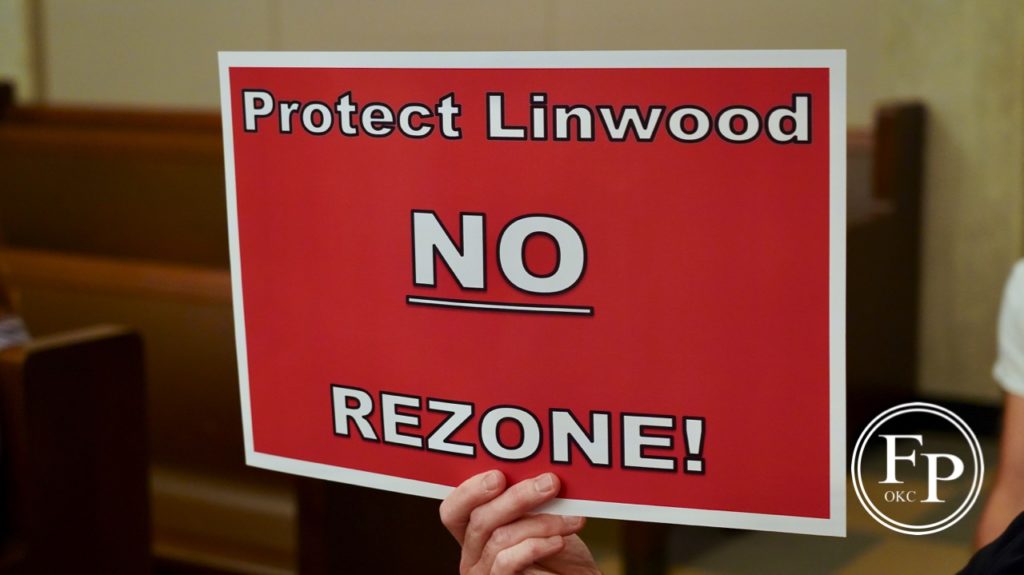
The applicant for this item proposed platting the two lots at this property to accommodate three new homes.
The people of the neighborhood seem to have a problem with this. A petition against the proposal with nearly 300 signatures was presented to the Commission and City Council, as well as a packet of dozens of letters of concern.
One frequently heard concern of the neighbors was voiced by Linwood Place Neighborhood Association President John Milner. He said that when a SPUD is allowed within an Urban Conservation District (UCD) it creates a precedent for allowing variances in the UCD. That undermines the purpose of a UCD, which is to guarantee uniform continuity in the physical character of a neighborhood.
The people of Linwood are greatly concerned with changes to the neighborhood, but also want to emphasize that it is a diverse neighborhood.
Travis Roach, resident and microeconomist, said that it is a “pro-social” neighborhood. He said that there are single-story and two-story duplexes in the neighborhood, and there are lots of social events. “We voted to raise our own property taxes even after our school was closed.”
Roach echoed Milner’s concern that his objection was chiefly about the SPUD.
Compromise
One hour and fifty minutes into the discussion of the item, Box said that the developer would settle for two units on the property instead of three. The press box, occupied by only one reporter, was replete with vile oaths, having been subjected to this length of debate that could have been dramatically shorter.
Ward 8 Commissioner Scott Cravens declared that the compromise was nonsense and stated his opinion that the applicant should have to re-apply.
Eric Groves, the attorney representing the neighborhood association, suggested that instead of two units, perhaps one unit would be better with the inclusion of a garage apartment.
The item passed with amendments at a 5-1 vote, Cravens voting against. The item will be moved to City Council as a recommendation.
Greenwell Ordinance
A controversial ordinance returned for the Commission’s consideration. The ordinance was originally introduced months ago by Ward 5 Councilman David Greenwell and Ward 8 Councilman Mark Stonecipher.
After the Planning Commission deferred the item until March of 2020, the Councilmen re-introduced it this time with deadlines within the year, declaring that time is of the essence. The Commission had deferred to wait for the comprehensive Preservation OKC plan to be completed.
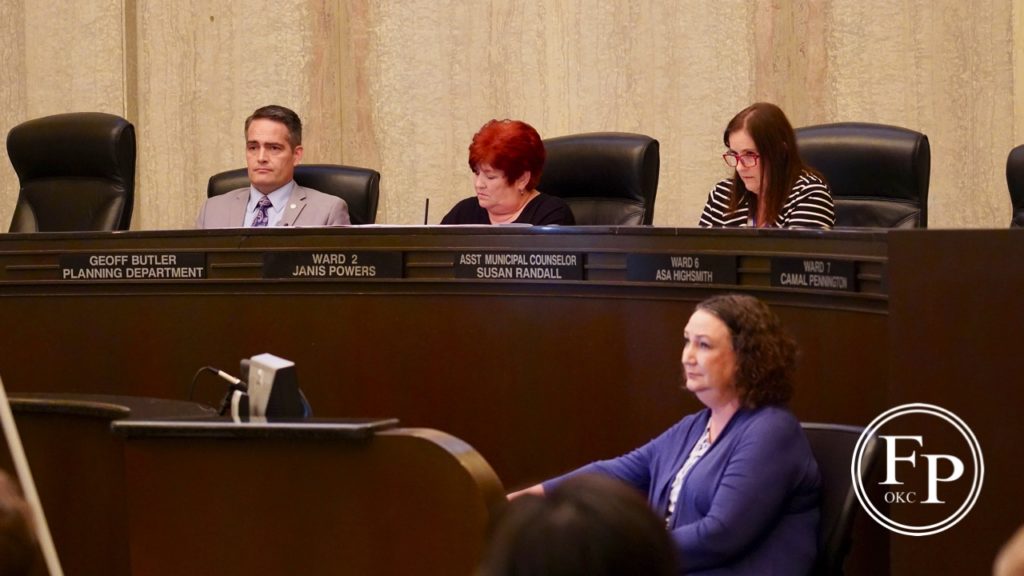
The ordinance would require that the City Council alone could initiate an application to declare a site for Historic Preservation if fewer than 51% of the owners wanted the designation.
Janis Powers, Chair of the Commission, said that just that morning the Commission had received an amended version of the ordinance. She said that it is inappropriate to ask the Commission to vote on something that is still obviously being changed.
Scott Cravens, Ward 8, and Commissioner Matt Hinkle of Ward 5, both made the arguments of the men who appointed them saying that interfering in property rights should be solely the responsibility of elected officials, not people who were appointed.
At-large Commissioner Rusty LaForge countered that elected officials accept campaign donations and appointees do not.
Delayed Voting
By that point in the meeting, LaForge said, he had an appointment he had to attend.
He asked Powers if she wanted to hold a vote while he was there, pointing out that if he left a quorum would still exist but that any vote would have to be unanimous in order to pass.
Powers chose to hear from citizens before holding a vote and LaForge departed. After hearing from one citizen, Powers called a vote on the amendment. It failed as Powers voted “Nay.” She then called a vote on the ordinance, which failed in kind.
The ordinance will now return to the City Council without recommendation from the Commission. The Council will hear the ordinance on October 8.
Columnist covering local government in Oklahoma City and Oklahoma County from May 2019 through June 2023.
